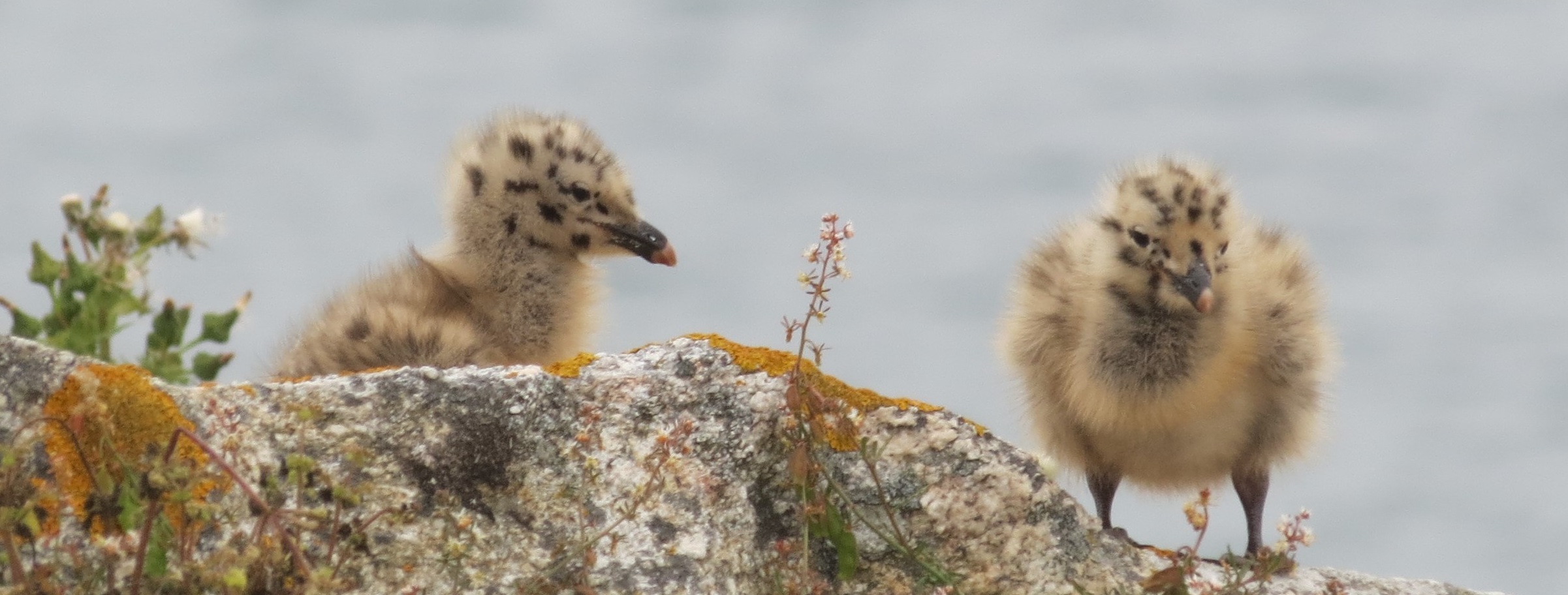Species We Study
Yellow-legged gull at Sálvora

Yellow-legged gulls show a prolonged parental care during development, making it an ideal model for studying, with a focus on offspring, how different sources of information contribute to the formation of a robust and flexible phenotype. In this species, mothers influence postnatal offspring performance and behaviour by altering their embryo development (e.g. inducing resilient phenotypes or coadaptation for the expected level of parental care), while embryo adjusts their development based on their perception of future environmental challenges. Currently, we are examining the effects of receiving matched/mismatched cues during early-life on the development and persistence of phenotypes.

Since 1993 we have been working in the seabird colonies of the Islas Atlánticas National Park, especially on the island of Sálvora. The island of Sálvora is home to a large colony of seagulls. On this island, the gulls feed mainly on fish and marine invertebrates, and the breeding areas are not exposed to human visits or disturbance, making it a unique natural laboratory for studying the ecology and evolution of these seabirds.

We are especially interested on maternal and enviromental factors affecting offspring development during early life. Thus, for example, we have shown that maternal substances allocated into eggs influence embryo development, with long-lasting consequences in offspring phenotype and program offspring to cope with environmental hazards, such as predators. In the last years, we have focused on how embryos and chicks perceive external stimuli to forecast prevailing environmental conditions during development. We have found that stress is socially transmitted during early life. Embryonic exposure to social cues of predator presence (adult alarm calls) modifies embryonic development at several physiological levels (methylation and glucocorticoids and gene expression), programing chicks to cope with predators, but imposing some physiological costs, such as oxidative stress or telomere loss. We have also demonstrated that embryos may anticipate future sibling competition by cues (embryo mate presence, light) during embryonic development and adjust their development accordingly. In terms of physiological mechanisms, we found, for example, that developmental phenotypic trajectories are governed by the interplay between circulating glucocorticoids and the expression of glucocorticoid receptor gene, and their rapid growth is fueled by elevated mitochondrial content.
